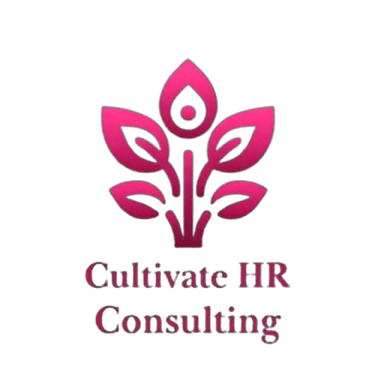EEO-1 Component 1 Data Collection Now Open
The 2024 EEO-1 Component 1 data collection is now open—and eligible employers must act quickly. This article explains who must file, what information is required, key deadlines, and how to avoid common reporting mistakes. Stay compliant and get ahead of your federal reporting responsibilities with this practical guide.
EMPLOYMENT LAW
5/26/20253 min read


A key federal reporting deadline is approaching, and employers must take action to remain in compliance. The U.S. Equal Employment Opportunity Commission (EEOC) has announced that the deadline to submit the EEO-1 Component 1 Report is Tuesday, June 24, 2025.
If you’re a private employer with 100 or more employees, or a federal contractor with 50 or more employees and a qualifying contract, this requirement applies to you. Missing this deadline isn’t just a paperwork oversight—it can result in noncompliance penalties and put your organization at risk.
Let’s break down what this means, why it matters, and what steps you need to take to ensure your organization is prepared.
What Is the EEO-1 Component 1 Report?
The EEO-1 Component 1 Report is a mandatory annual data collection required by the EEOC. It collects workforce demographic information from eligible employers, specifically looking at:
Race and ethnicity
Sex
Job category
This data helps the EEOC monitor workplace diversity and enforce federal anti-discrimination laws. It also informs federal policy and can be used during investigations or audits related to equal employment opportunity compliance.
The report breaks down the number of employees in each of ten job categories—such as Executive/Senior Officials, Professionals, Technicians, Sales Workers, and more—across demographic lines. While it may seem like a routine HR task, it plays a vital role in promoting workplace equity and accountability.
Who Must File?
You are required to file the EEO-1 Component 1 Report if your organization meets one of the following conditions:
Private employers with 100 or more employees, or
Federal contractors or first-tier subcontractors with 50 or more employees and at least one contract of $50,000 or more with the federal government
Even if your employee count fluctuates, your headcount as of a “workforce snapshot period” (any pay period between October 1 and December 31 of the previous year) determines your obligation to file.
What Should You Do Now?
Action Step: Ensure your HR and/or payroll department has reviewed and verified your employee demographic records for accuracy. Data inconsistencies, incomplete records, or job misclassifications can cause delays or submission errors.
To file your report, visit eeocdata.org, the EEOC’s dedicated data collection portal. Employers must log in, validate their company profile, and submit the Component 1 Report through the online system.
Helpful tip: If this is your first time submitting, or if there have been organizational changes such as mergers, acquisitions, or address changes, you’ll need to update your company profile accordingly.
What Happens If You Miss the Deadline?
Noncompliance isn’t just a slap on the wrist. The EEOC may issue notices of failure to file, which can lead to additional scrutiny or audits. For federal contractors, this could also impact your ability to retain or compete for government contracts.
Filing late or failing to file could result in:
Formal notices of noncompliance
Potential investigations
Impact on future contract eligibility for government contractors
The June 24, 2025 deadline is not flexible. With just weeks to go, now is the time to get your HR and payroll systems in order. Conduct internal reviews, double-check demographic data, and ensure submission procedures are complete. The EEO-1 Report isn’t just about compliance—it’s also a tool for driving equity and transparency in the workplace.
💼 Need help? If your HR team is short on time or unfamiliar with the reporting process, consider bringing in expert support to avoid costly mistakes. That’s where Cultivate HR Consulting comes in. As a trusted HR consulting firm and employment law resource, Cultivate HR helps businesses like yours navigate compliance requirements with confidence. Whether it’s EEO-1 reporting, employee handbooks, or workplace investigations, we provide clear, actionable guidance grounded in both real-world HR expertise and employment law insight.
Don’t wait until it’s too late. Let us help you meet your EEO-1 obligations—accurately and on time.
Visit cultivatehrconsulting.com or reach out directly to schedule a quick consultation and make sure you're covered.
Because staying compliant isn’t just smart—it’s essential.
